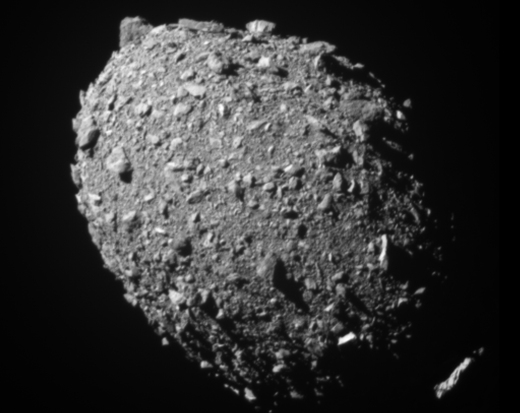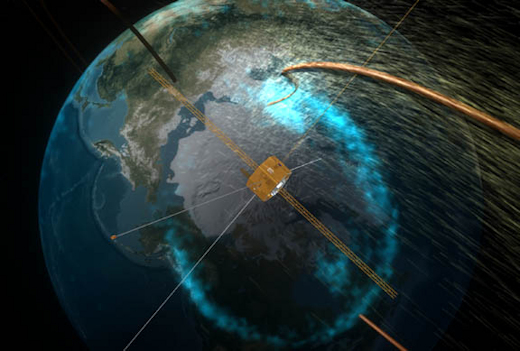Osiris-Rex Successful Mission to Bennu
Bennu is an asteroid that could threaten the Earth, though the possibility is a narrow one. Still, a wise move to find out what it is made of, just in case we need to eliminate it sometime in the future. Besides that, the always important question: what are WE made of, what are the prime building blocks of our solar system? Asteroids are untouched remnants of the solar system’s formation.
Canada provided the instruments that made asteroid Bennu the most completely measured asteroid so far, and therefore will receive a portion of the sample for study. https://www.asc-csa.gc.ca/eng/satellites/osiris-rex/canadas-role.asp
The BBC has the story from the launch of the mission to the arrival at NASA, with videos here: https://www.bbc.com/news/av/science-environment-66907727
And of course the NASA site is a veritable rabbit hole, pictures, simulations, videos. https://www.nasa.gov/osiris-rex
But this isn’t the end of the story! OSIRIS-REx is now headed back out toward another asteroid. The spacecraft will arrive at Apophis in April 2029, around when the asteroid is expected to encounter Earth. A few years ago, Apophis was discovered to be on an actual collision course, which was the cause of a lot of excitement, but follow-up studies have it narrowly missing us. Whew! Good idea to learn about its composition. —Cathy
READ ALL ABOUT IT! NASA: https://www.nasa.gov/osiris-rex
CBC: An asteroid treasure box lands on Earth on Sunday — and Canada will get a piece of it
Canada played crucial role in OSIRIS-REx mission that collected asteroid fragments

A spacecraft that has travelled more than 950 million kilometres is dropping off a care package on Sunday: samples from an asteroid that lies more than 100 million kilometres from Earth.
NASA’s OSIRIS-REx (Origins, Spectral Interpretation, Resource Identification, Security-Regolith Explorer) launched in 2016 destined for an asteroid named Bennu. Its main mission: to stick an arm out, “high-five” the asteroid and then vacuum up some of the debris, referred to as “touch and go.”
It successfully did so in 2020. Now, the rocky samples — roughly 250 grams in total, the largest ever to return to Earth — are on their way to be studied by science teams, including those from Canada.
That’s thanks to our contribution of the OSIRIS-REx Laser Altimeter (OLA), an instrument that mapped out the asteroid in 3D in order to find a good place for the sample collection.
READ More: https://www.cbc.ca/news/science/osiris-rex-sample-return-1.6974159
BBC: Asteroid Bennu: Why the return of samples is so important… in 83 seconds
A capsule carrying precious samples from asteroid Bennu landed on Earth on Sunday.
Nasa scientists hope the material could give hints to how life here began.
BBC Science editor Rebecca Morelle explains why the samples are so important.

![[]](https://mcusercontent.com/0c5fce34d5ca05f64a13d085d/images/ea3c7ab5-02e8-ed7c-ac02-24773d2d4af9.jpg)





